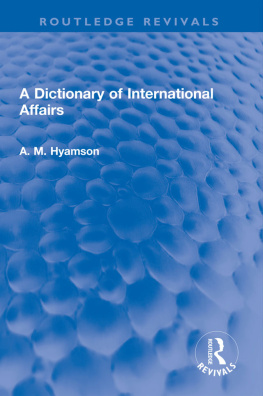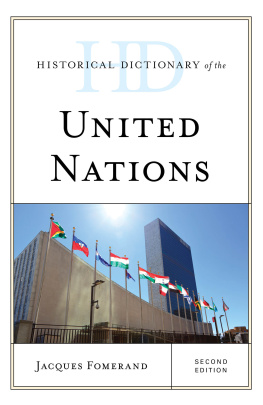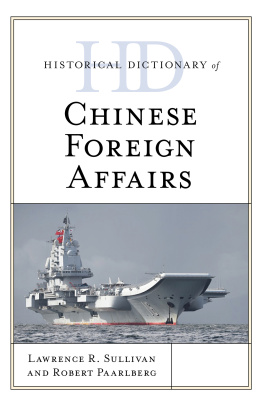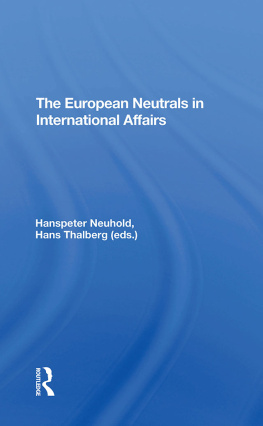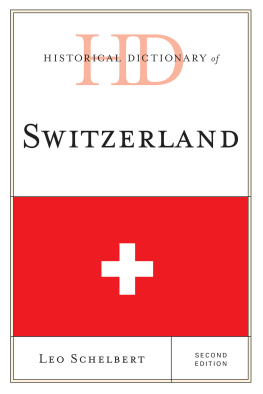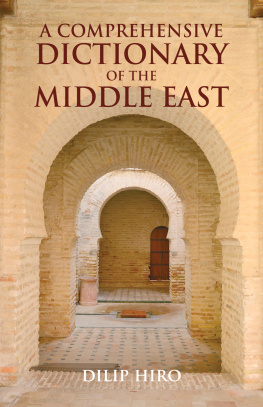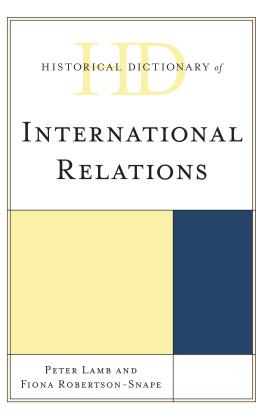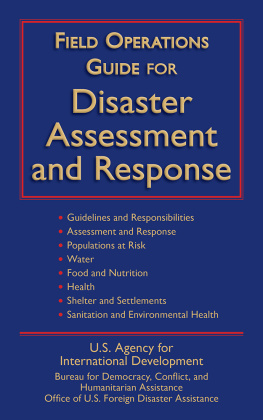Routledge Revivals
A Dictionary of International Affairs
First published in 1946, A Dictionary of International Affairs is virtually an encyclopedia. This highly useful reference work is indispensable to all who desire to be well-informed about the world in which they live. The scope of this book is unusually wide. It deals with such varied subjects of the Chaco Dispute, Ogpu, Syndicalism, Freedom of the Seas, Balfour Declaration, etc. It also contains statistics about minerals, agricultural produce, and industrial products. In addition, it provides essential information about erstwhile colonies, islands, and nations. It brings together in a precise style and compact form a vast amount of basic and interesting information on almost every conceivable aspect of international affairs. Chief emphasis is given to developments since World War I particularly to those agreements, concepts, agencies, problems, areas and resources which are of continuing importance.
A Dictionary of International Affairs
A. M. Hyamson

First published in 1946by Metheun & Co.
This edition first published in 2022 by Routledge2 Park Square, Milton Park, Abingdon, Oxon, OX14 4RNand by Routledge605 Third Avenue, New York, NY 10017
Routledge is an imprint of the Taylor & Francis Group, an informa business
1947 Public Affairs Press
All rights reserved. No part of this book may be reprinted or reproduced or utilised in any form or by any electronic, mechanical, or other means, now known or hereafter invented, including photocopying and recording, or in any information storage or retrieval system, without permission in writing from the publishers.
Publisher's Note The publisher has gone to great lengths to ensure the quality of this reprint but points out that some imperfections in the original copies may be apparent.
Disclaimer The publisher has made every effort to trace copyright holders and welcomes correspondence from those they have been unable to contact.
A Library of Congress record exists under LCCN: 47002071
ISBN: 978-1-052-1815 3-0 (hbk)ISBN: 978-1-003-253517-4 (ebk)ISBN: 978-1-032-18160-8 (pbk)
Book DOI 10.4324/9781003253174
A DICTIONARY OF INTERNATIONAL AFFAIRS
by A. M. HYAMSON
Politic Affairs ress AMERICAN COUNCIL ON PUBLIC AFFAIRS
Reprinted from the British edition of the same title Copyright, 1947, by the Public Affairs Press 2153 Florida Ave., Washington 8, D. C.
A DICTIONARY OF INTERNATIONAL AFFAIRS
Book DOI 10.4324/9781003253174-1
Aaland Islands: A group of islands in the Gulf of Bothnia, lying between Sweden and Finland; a department of Finland. The islands number about three hundred, but only eighty are inhabited. They were formerly Swedish, but in 1809 they were ceded to Russia and on the break-up of the Russian Empire in 1917 became a part of the Republic of Finland. On the separation from Russia in 1917 the islanders expressed preference for union with Sweden. To this Finland would not agree, but they were granted a measure of autonomy. Local dissatisfaction, supported by Sweden, led to the intervention of the League of Nations in 1921. The Commission sent by the League decided in favour of Finnish sovereignty, and recommended further that the islands should be neutralized and demilitarized, in this reaffirming the agreement of Britain, France, and Russia of 1856. To this the Finnish Government agreed. The members of the League of Nations, which did not include Russia, at the same time guaranteed the rights of Finland in the islands. With the deterioration of the international situation, the safety of the islands, which are of considerable strategic importance, became a matter of anxiety to the Government of Finland. Sweden was approached in 1938 and readily agreed to a modification of the Convention of 1921 by which a narrowly defined fortification of some of the outer islands was to be permitted. Russia was, however, not inclined to agree to this proposal in which it saw a German move. In these circumstances the League of Nations was not prepared to pursue the matter. After the outbreak of war between Britain and Germany in 1939 Russia made certain proposals to Finland. These included the raising of the ban on the fortification of the Aaland Islands, but the war between Russia and Finland that broke out shortly afterwards brought these to an end, and in October 1940 a new convention with Russia provided for the continued demilitarization of the Islands. The desire for incorporation in Sweden, however, remained and found expression at times in resolutions adopted by the Provincial Assembly of the Islands.
The inhabitants are for the most part seamen and fishermen of Swedish race. There are several valuable harbours in the islands. Cattle are bred there.
Abyssinia (otherwise Ethiopia): native empire in northeast Africa, comprising the former kingdoms of Tigre, Amhara, Gojjam, and Shoa, together with neighbouring territories. The littoral which was once a part of the Empire forms part of the Italian colony of Eritrea. The Italian encroachments began with the purchase by an Italian company of the port of Assab near the southern entrance to the Red Sea. This port was acquired by the Italian Government in 1882. From that year the Italian occupation extended. In the end, in January 1887, the Abyssinians attacked Italian troops at Dogali and defeated them with very heavy losses. For a time relations were easier while the Italians consolidated their new colony of Eritrea. Finally, Abyssinia became apprehensive and war broke out in January 1895. The first engagements went in favour of Italy, but the Italians took too many risks and suffered defeat after defeat, the Italian forces being in the end annihilated at Adowa. A treaty (Adis Ababa, 26 October 1896) recognizing the absolute independence of Abyssinia followed. Relations with Britain were friendly throughout this period, and in 1906 Great Britain, France, and Italy jointly undertook to respect the integrity of Abyssinia, to refrain from intervening in its internal affairs, and to control the importation of arms and ammunition into its territories. In 1925 Britain and Italy entered into an agreement regarding their respective spheres of influence, and in particular the exclusive rights of Britain, on behalf of the Sudan and Egypt, to deal with the waters of Lake Tsana in Abyssinia were recognized. On the other hand, Britain undertook not to oppose any Italian schemes for railway development in the hinterland of the Italian colonies. Abyssinia was somewhat suspicious of this agreement, but nevertheless (2 August 1928) entered into a treaty of friendship and arbitration with Italy to last for twenty-years.
Late in the year 1934 there began a series of frontier incidents, engineered or exaggerated by the Italians. The first of these was settled amicably, but in December, in a clash well within Abyssinian territory, some 200 Abyssinians and sixty Italians were killed. This marked the opening of a war in which the Italians conquered and annexed the whole of Abyssinia (9 May 1936). (For the action of the League of Nations and the Powers, see s.v. Sanctions, and Hoare-Laval Treaty.) Abyssinia was combined with the Italian colonies of Eritrea and Somaliland in Italian East Africa under a Governor-General. The Italian annexation was gradually accepted by the states that had applied sanctions in the hope that by that means Italy would be induced to bring her aggression and her illegalities to an end. In Abyssinia a state of insecurity and occasional revolt, with savage reprisals by the Italians, followed. After the outbreak of war between Italy and Britain in 1940 the revolts increased in Abyssinia and, as British forces advanced, they joined forces with the Abyssinian patriots and eventually recovered the whole of the country. The Italian commander-in-chief with the remnant of his forces surrendered on 20 May 1941. The restoration of Abyssinian independence followed, and the Emperor, who had been living in England, returned to his throne in November 1941.

